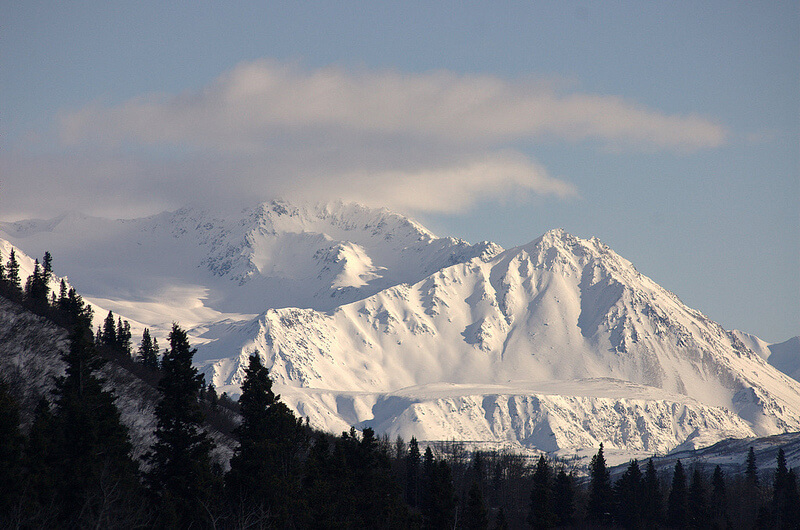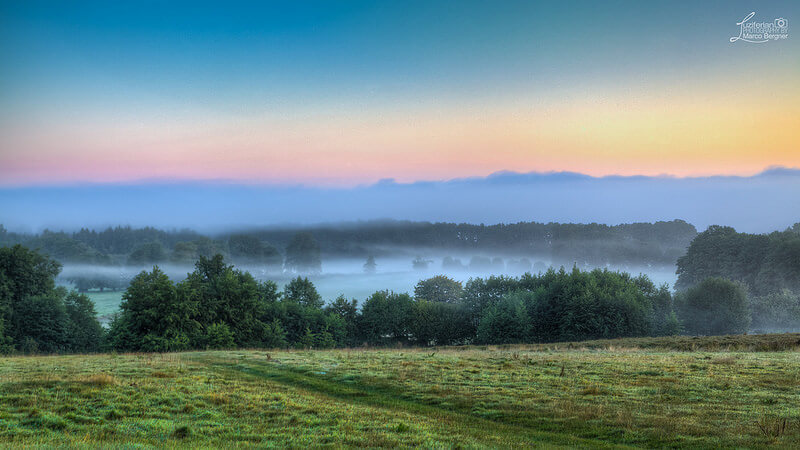Landscape photography is one of the first genres of photography that many photographers begin to explore. Natural scenes, from mountains to forests to oceans, is sometimes too beautiful to escape capture from our cameras. But sometimes we take a picture and feel underwhelmed by the results. We think to ourselves, “how can something look so incredible in person but so dull in camera?” Well we’re here to help with these landscape photography tips, ideas and inspiration. We’ll cover the following topics in this tips article:
- Landscape Photography Composition Tips
- Lighting for Landscape Photography
- Photo Editing in Landscape Photography
Landscape Photography Composition Tips
Getting great landscape (and seascape) photography takes more than just the right lens or the proper setup. In fact, the key to amazing landscape photography may actually lie in composition. A landscape photo can have remarkable clarity and ideal lighting, yet still fail short due to poor composition.
Fortunately, the composition of landscape photos is fairly simple. A standard landscape photo has three distinct “lines”: a horizon, a foreground, and an area with the subject. Balancing these lines is crucial if you want to create beautiful landscape images.
To bring these lines into balance, try composing your image according to the following rules of composition:
1. Use the Rule of Thirds in Your Landscape Compositions
The first and perhaps most basic principle is the rule of thirds. Simply divide your composition into three vertical and three horizontal rows to create a nine square grid. Then, try positioning any points of interest at the intersections of the grid. This arrangement helps to balance the scene and guide the viewer to the photo’s focal points.
For landscapes, it’s best to avoid setting the main subject in the dead center of the grid. Instead, counterbalance it with other elements to show off the full beauty of the scene.
Ahmad Syukaery – Vang Vieng Landscape
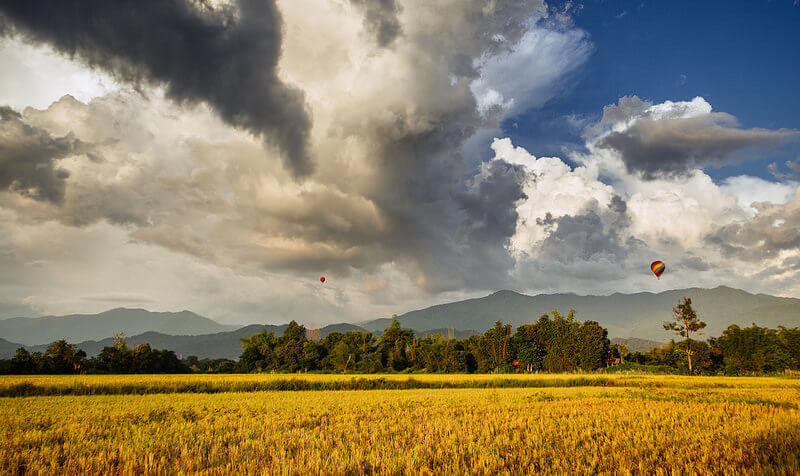
Ahmad Syukaery – Lewotolok Beach, Lembata
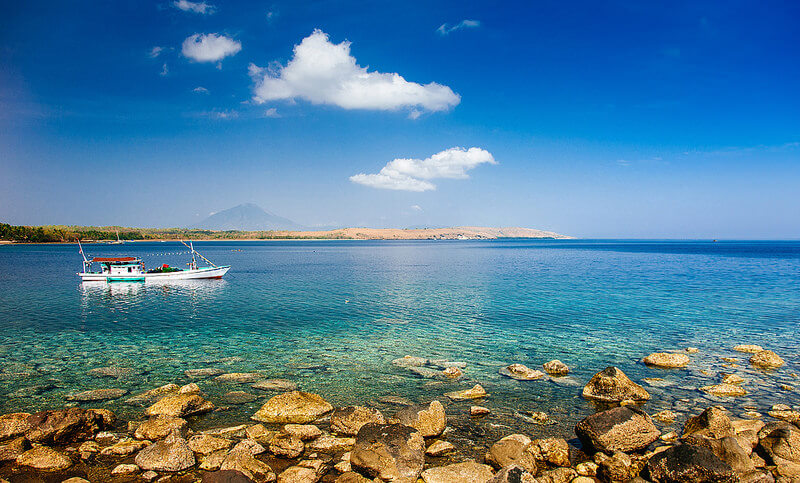
2. Use Framing in Your Compositions
Another way to compose a landscape is to use elements within the scene to frame the subject. Consider the landscape paintings of artists such as Maxfield Parrish, who used boulders and tree branches to frame scenic views. This same effect can be used in landscape photography, too.
You don’t need to have a complete, four-sided frame. A partial frame can achieve the same effect. For example, rocky cliffs could frame a foggy seascape, and a shady forest could frame a snow-capped mountain.
aminefassi – Before the Sunset
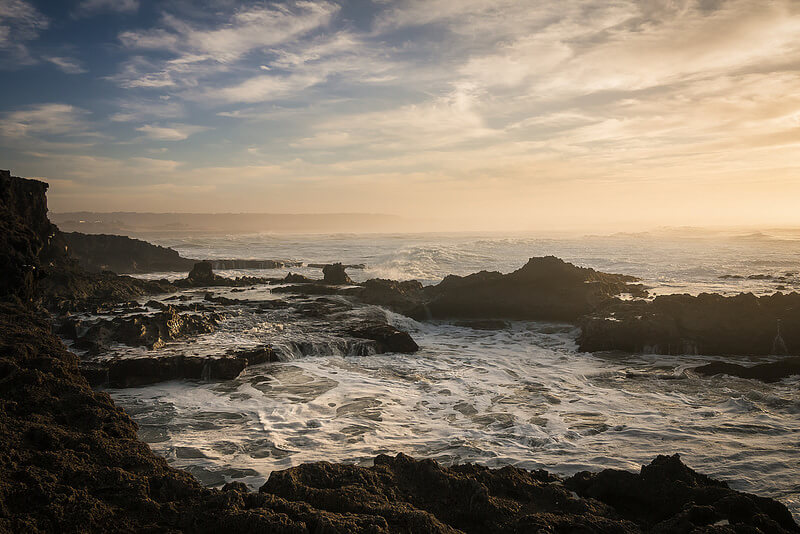
3. Find Diagonals, Horizontals, and Verticals
Framing and the rule of thirds are two reliable ways to compose a photograph, but they’re not the only options. Returning to the concept of lines in landscape photography, you could play with diagonal, horizontal or vertical lines in your composition. For instance, car tracks could divide a grassy field vertically, bringing beauty into an otherwise unremarkable scene.
You can also layer lines across an image. For example, you could horizontally layer a sunrise, mountains, fog, trees, and a grassy field to create a striking landscape photo. Of course, you would need to find that scene first, but perhaps it’ll be more noticeable if you keep the concept of lines in mind.
R Casey – Untitled
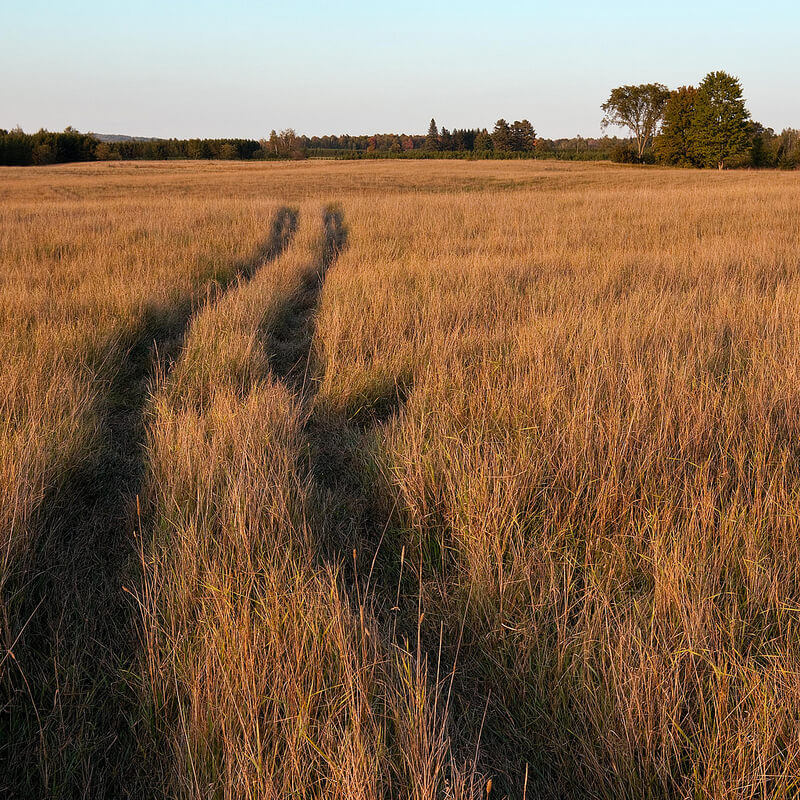
These photos were selected from our Flickr group. Next time you get an awesome landscape shot, share your photo with the group so we can admire your work!
Lighting for Landscape Photography
Lighting for landscape photography is all about timing. Unlike portrait photography, a photographer is unable to control the light on the scene, so he or she has to do some research, capture the scene at the right time, and rely on a little bit of luck for weather cooperation.
Time Your Photo With Sunrise and Sunset – Golden Hour
In most scenes, sunrise and sunset will create the best images. Of course, this isn’t always true and can vary from scene to scene. But the soft, warm light during sunrise and sunset can provide a magical glow to your photos and showcase incredible colors in the skies. Here is an example from our article on Golden Hour.
Marco Bergner – Sunday Morning Fog
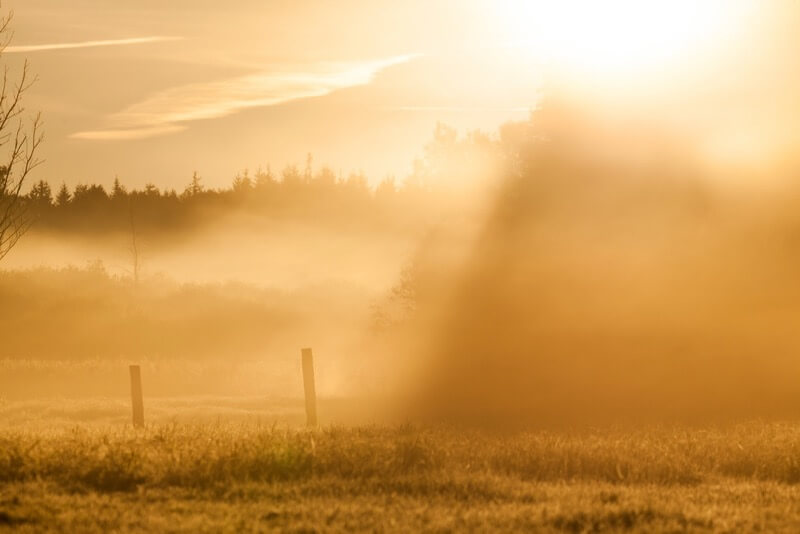
Time Your Photo with Crowds
Beautiful landscape locations can attract large crowds in busy areas. Timing your photography session when fewer, or ideally no, people are present can help you capture your landscape photography as you envision, without having to battle crowds of people in your frame or crowds of photographers jockeying for the same location.
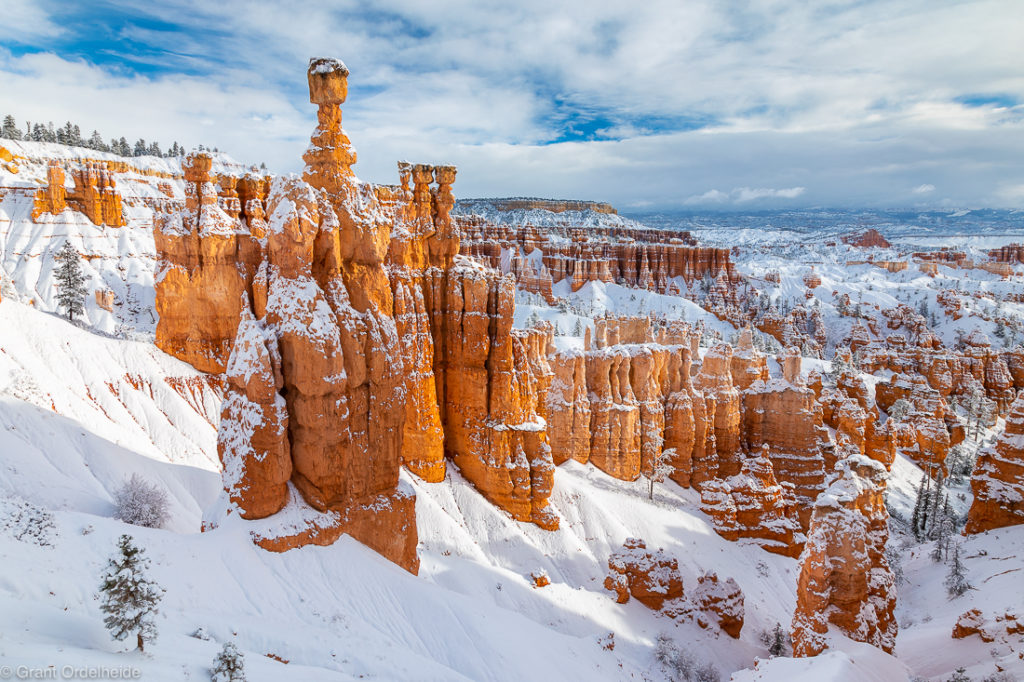
Photo Editing in Landscape Photography
Landscape photography editing is different from editing for portraiture because you generally don’t have to worry about skin-tones. This gives you a bit more freedom to explore more creative, or even more extreme options when it comes to shifting color, adding contrast and more. Below are examples of the different styles of post production you can do to complete change a landscape photo. These were post produced using our Landscape Photography Presets.
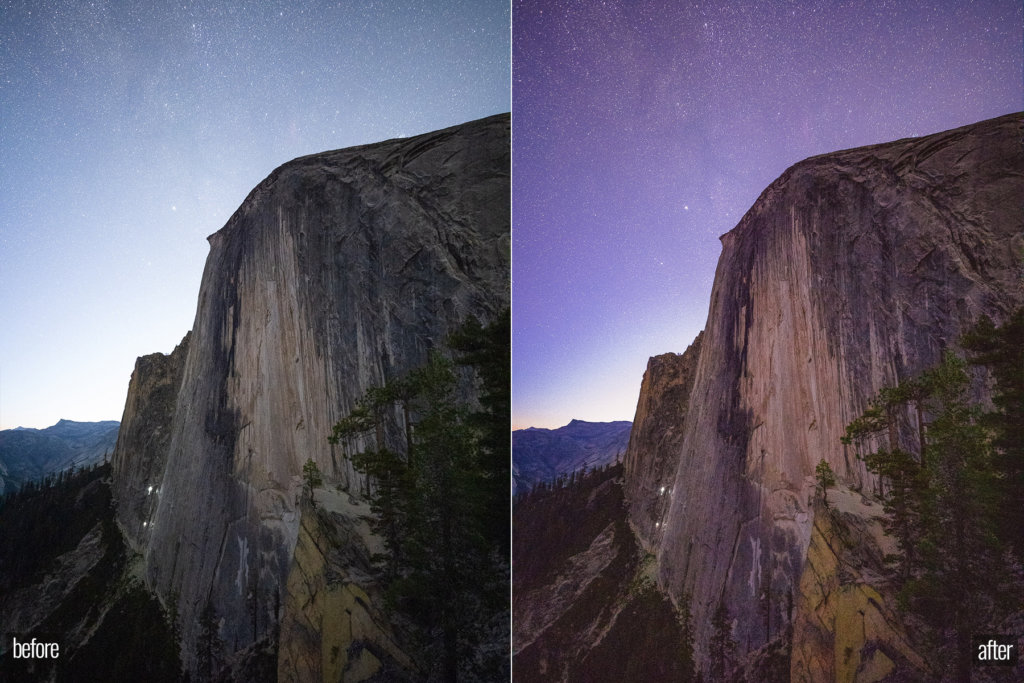
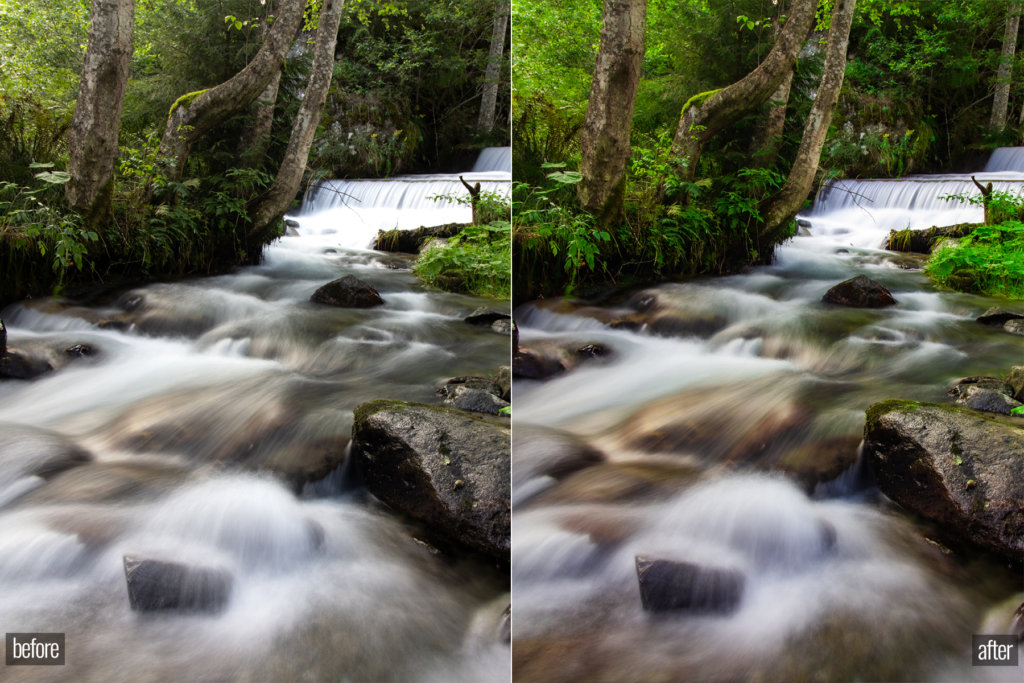
Conclusion
Landscape photography is a unique genre of photography that gives photographers the chance to merge their love and appreciation of nature and of photography. Improving your skills over time can help you create a lifetime of better photos. Whether you’re just getting started or you’re deep into the game, we hope these tips helped or inspired you!

